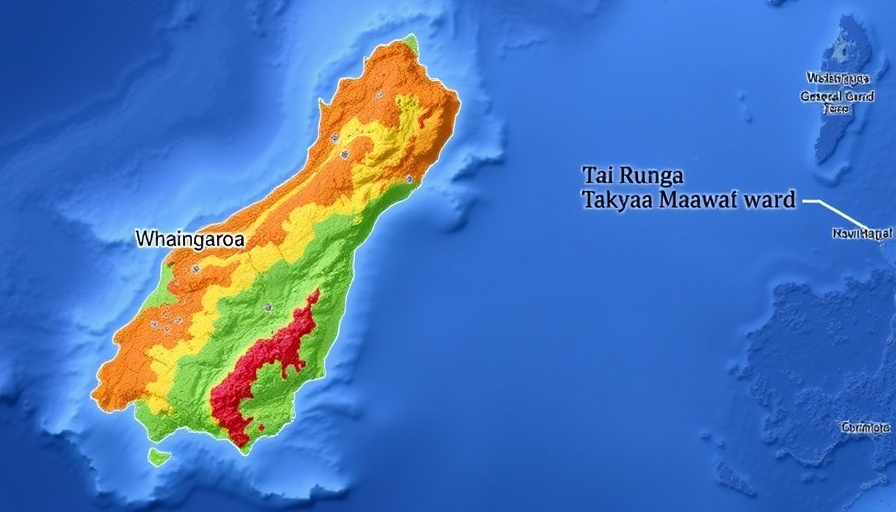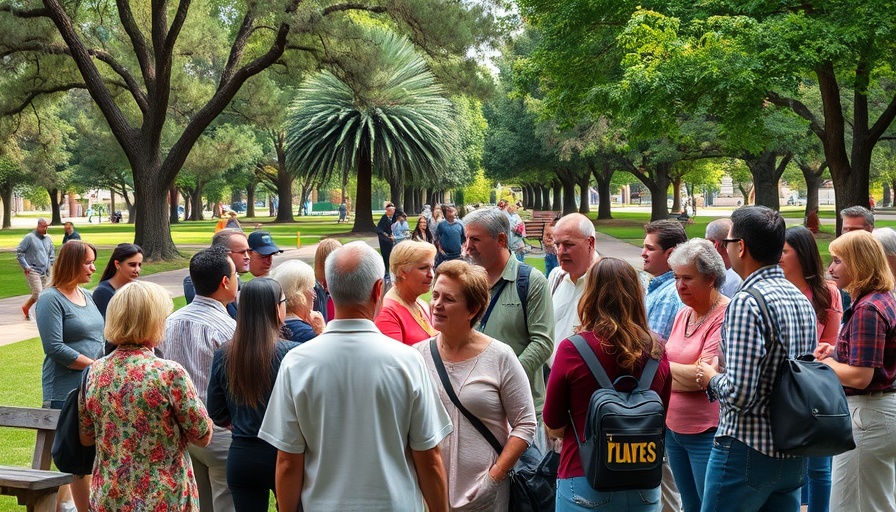
Understanding the Role of a Chairperson in the Waikato Council
Pamela Storey, who has served as Chairperson of the Waikato Regional Council for the last three years, likens her role to that of a mayor but emphasizes a significant difference: she is elected by her fellow councilors rather than the general public. This point highlights the unique structure of regional governance in New Zealand, where the eligibility to lead is hinge upon nominations and votes from council members. This system underscores the significance of inter-council dynamics and collaboration in accomplishing regional initiatives.
The Dynamics of Council Leadership
During a recent interview, Storey revealed that the council has mechanisms in place to change leadership should circumstances arise, including votes of no confidence. Such a structure ensures accountability among elected officials who serve the public interest. With changing political landscapes and community needs, the flexibility of leadership roles within council can foster both stability and responsiveness to constituents.
Community Engagement and Responsibilities
As a representative, Storey is not just a figurehead but a pivotal player in regional decision-making. Her election by council members instead of the public grants her insights into the priorities of those she works with and emphasizes collaboration rather than isolation. This relational dynamic allows her to advocate effectively for the Waikato community's interests in broader regional discussions.
Looking Ahead: The Future of Local Governance
Reflecting on her time as Chairperson, Pamela Storey acknowledges the challenges and opportunities that lie ahead for the Waikato Regional Council. As she prepares for the upcoming local elections, her focus remains on enhancing community well-being through dialogue and effective governance. The importance of these elections cannot be overstated, as they set the tone for regional priorities and resource allocation for the immediate future.
 Add Row
Add Row  Add
Add 




Write A Comment